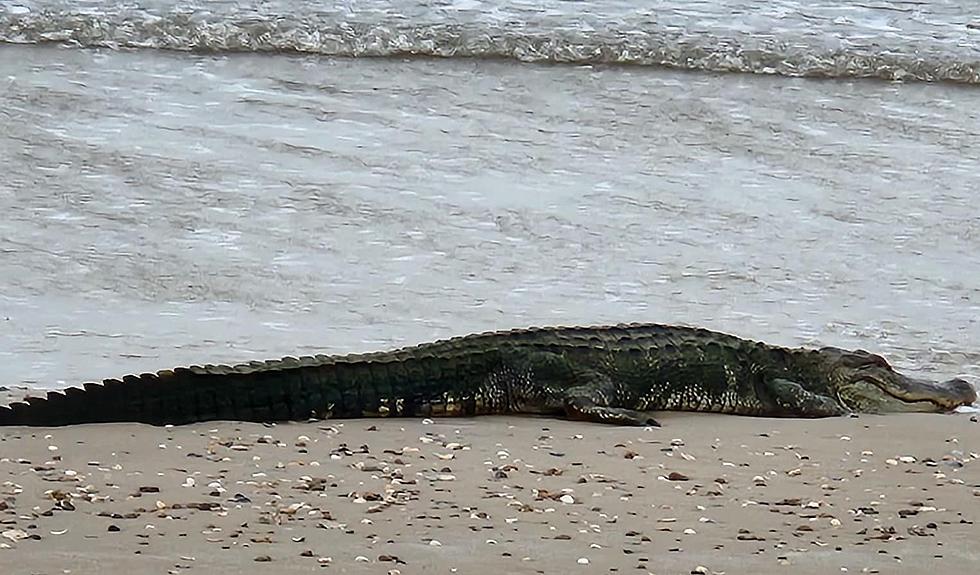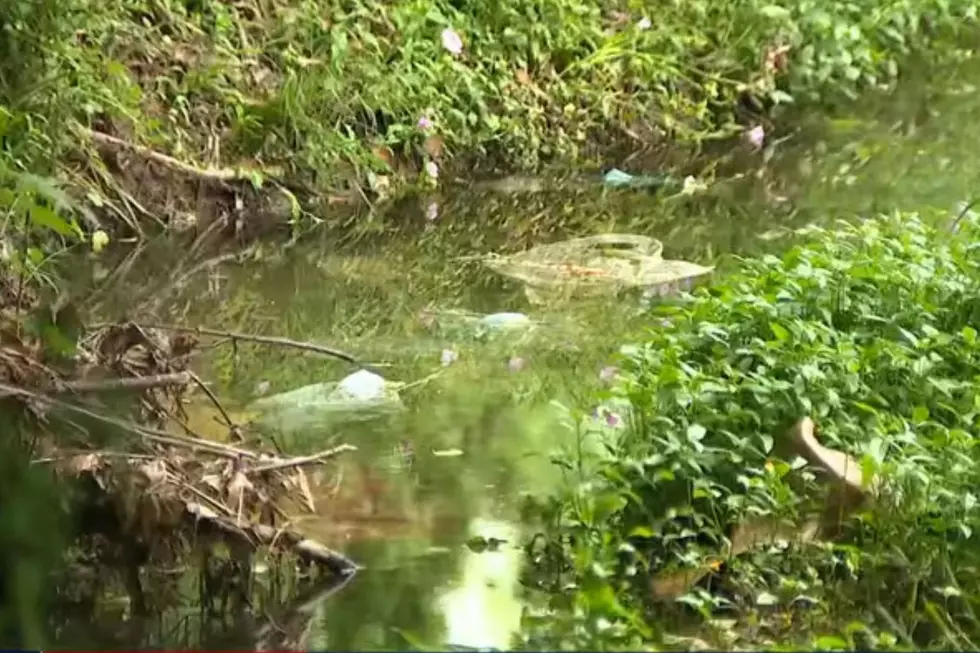
Huge Alligator Spotted in Galveston at The Bolivar Peninsula
Imagine being on a beach and casually seeing an alligator hanging out? That is exactly what happened at the Bolivar Peninsula earlier this week. The images were captured by the Gulf Center for Sea Turtle Research and they posted their finds to social media.

According to the Texas Wildlife Department and mysananotnio.com, alligators can tolerate salt water for a few hours or even days, they are primarily freshwater animals, living in swampy areas, rivers, streams, lakes, and ponds, the research center stated in its post. Alligators are mostly inactive from mid-October until early March, when they brumate
March through May is the alligator's peak time for breeding and nesting. During the breeding season, alligators from 4 to 5 feet long are also very transient while searching for territories of their own. Periods of extreme weather conditions such as drought or heavy rains can result in an increase in alligator movements.
American alligators normally avoid humans, but American alligators can become perceived as a nuisance when they establish territories around people. As human populations in Texas continue to expand, there have been an increased number of encounters between people and alligators. Alligators have been known to prey on pets and must be treated with caution. Alligators can be surprisingly quick on land and are capable of running quickly over short distances.
Alligators are protected game animals in Texas. Special permits are required to hunt, raise, or possess alligators. If you come across alligators, call the Texas Parks and Wildlife Department at 281-842-8100.
WATCH OUT: These are the deadliest animals in the world
More From Mix 93.1









